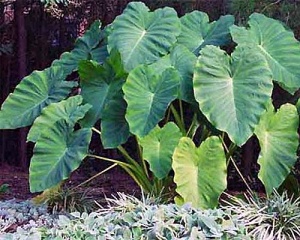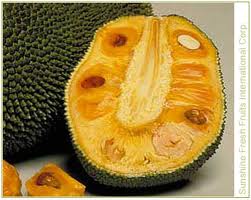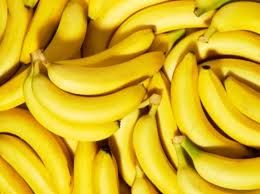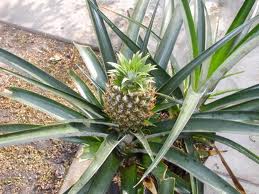|
On Koh Phangan it is not just about the beautiful beaches and big crazy Parties, it is also about the nature.
The island is protected and more than half of its surface is declared "National park" and the zoning of Phangan is very tough concerning buildings area.
It allows the island to stay as virgin as it can be for a tourist area.
Here like in all tropical areas, the tropical forest are like a kaleidoscope of different world.
They actually cover a fifth of the earth's land surface and are home to about half of the known species of animal and plant life.
Here, you will be surrounded by colorful flowers of all kinds and shapes, huge trees and beautiful different tropical plants.
You will be amazed by the nature Koh Phangan has to offer.
We show you a few of some of the most common ones for you to recognize next time you are out for a jungle walk.
|
|
Elephant Ear
There are some 70 species of Alocasia, all native to tropical Asia and many with distinctive foliage.
One of the largest is Alocasia macrorrhiza, populary known as the Elephant Ear, on which the leaves can be 1 or 2 metres long growing out of a thick trunk.
|
Tamarind
Evergreen tree to 25 meters high. Bark is dark brown. Acidic sweet pulp surrounding seeds, eaten as fresh fruit or dried. Also an ingredient of chutney, curries and juices for drinks; slightly laxative.
|
Jack fruit
Evergreen tree to 15 metres high. Unripe fruit eaten as a cooked vegetable. Ripe fruit eaten for its pulp, either fresh or cooked.
|
|
Banana
originated in southeastern Asia, from India east and south to northern Australia. Bananas were not carried to Europe until the 10th century, and Portuguese traders obtained it from west Africa, not southeast Asia, during the age of discovery.
Over 100 species of these giant, cespitose, rhizomatous, tree-like herbs. Grown for edible fruit or as an ornamental to lend a tropical feeling to a garden. After bearing fruit, tree dies, but a new shoot springs up beside it.
|
Pineapple
The pineapple is native to dry forest or thorn scrub vegetation regions of South America, although its exact origin is disputed. Older sources placed the center of diversity in southern Brazil and Paraguay, but more recent study suggests it may be northern Brazil, Colombia, and Venezuela.
The Bromeliads comprise a very large family of some 52 genera and 2,500 recognized species, a number that is constantly growing through hybridization.
Although pineapples are generally seen in plantations rather than gardens, one cultivar, Ananas comosus "Varieta", has handsome striped leaves with red spines along the margins and is often used as an ornamental.
|
Coconut palm
The origin of the coconut palm is obscured by the ability of the fruit to disseminate the species naturally over distances of thousands of miles. Coconuts can float on the ocean for months and still germinate when beached, so they may have arisen anywhere between the eastern Indian and western Pacific oceans.
Prior to the age of discovery, coconuts were dispersed from east Africa to the Pacific coast of Panama.
Trunk up to 20 metes high, usually somewhat curved out from a thickened base. Its parts have many uses in beverages, food, oil, thatch for roofs, timber, fibers from its husk; a lifesaver in tropical regions.
|
|
Bamboo
Most grow in full or partial shade, on canes that may be short but are more often very tall. The larger varieties are not generally suited to small gardens since they can become invasive.
Bambusa vulgaris "Aureo-variegata" has canes that are striped with green and bright yellow.
|
Rambutan
Evergreen fruit tree bearing oval-shaped fruit with reddish and soft spines. often confused with the Leechee, its flesh is sweeter.
|



























